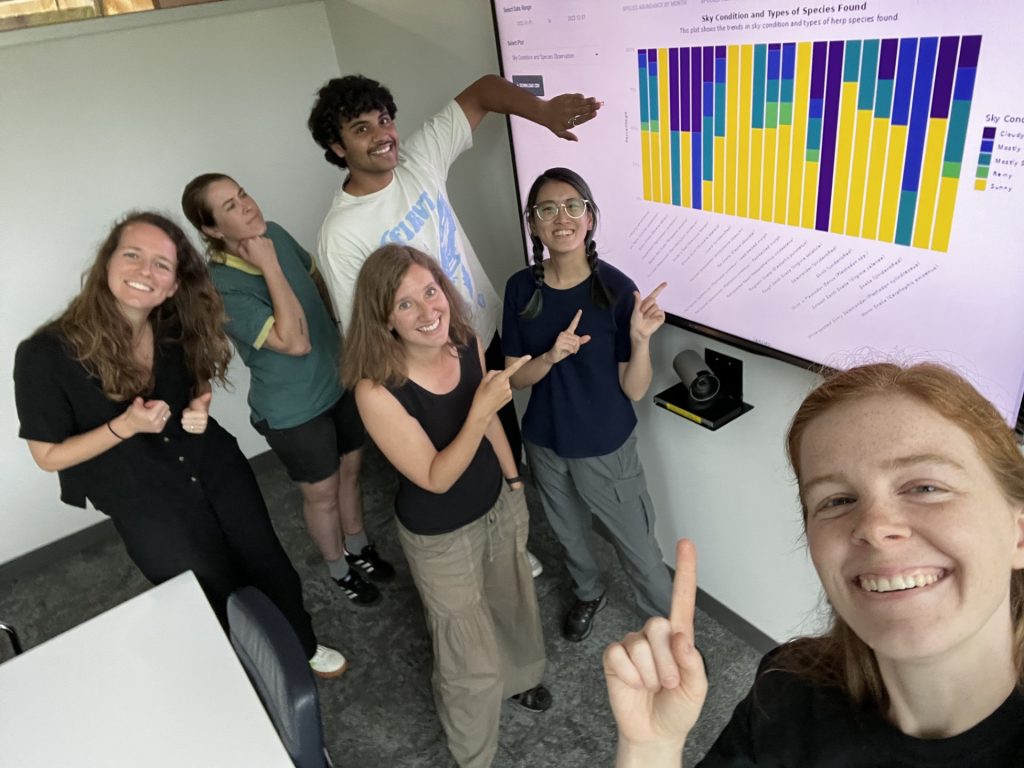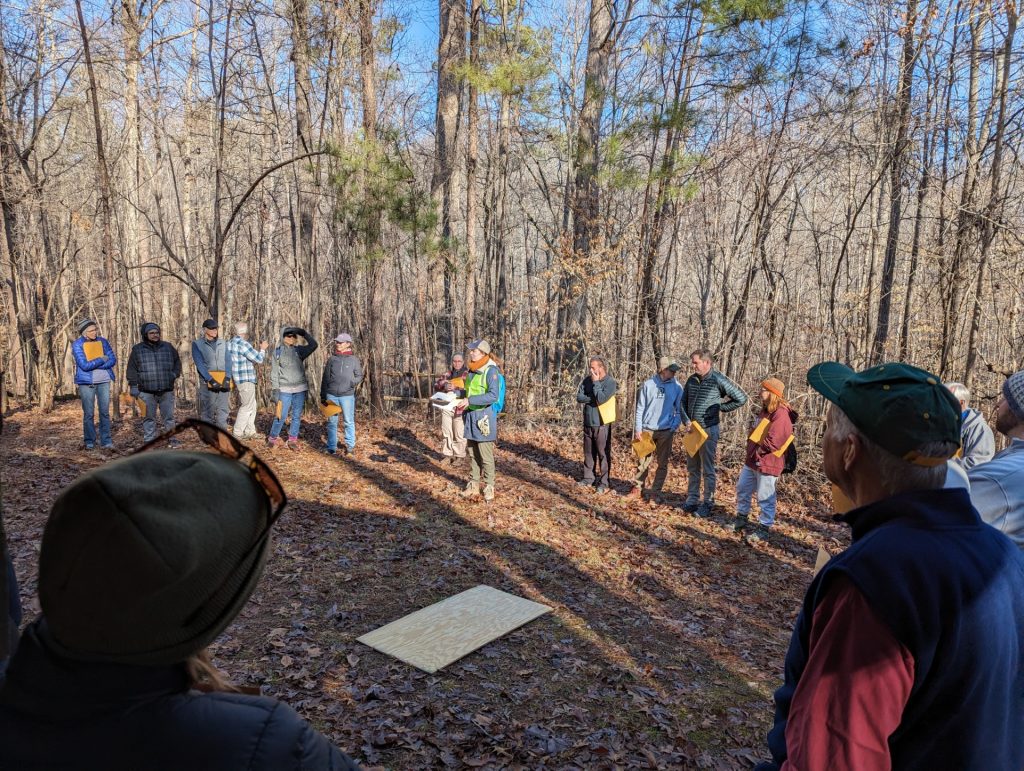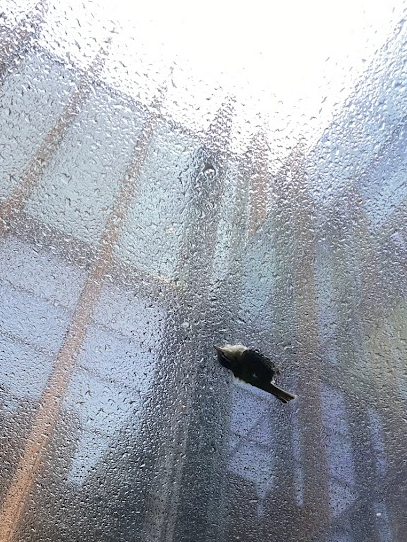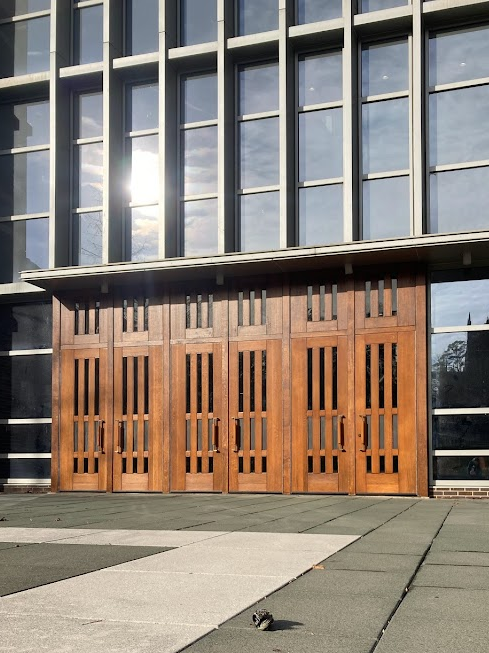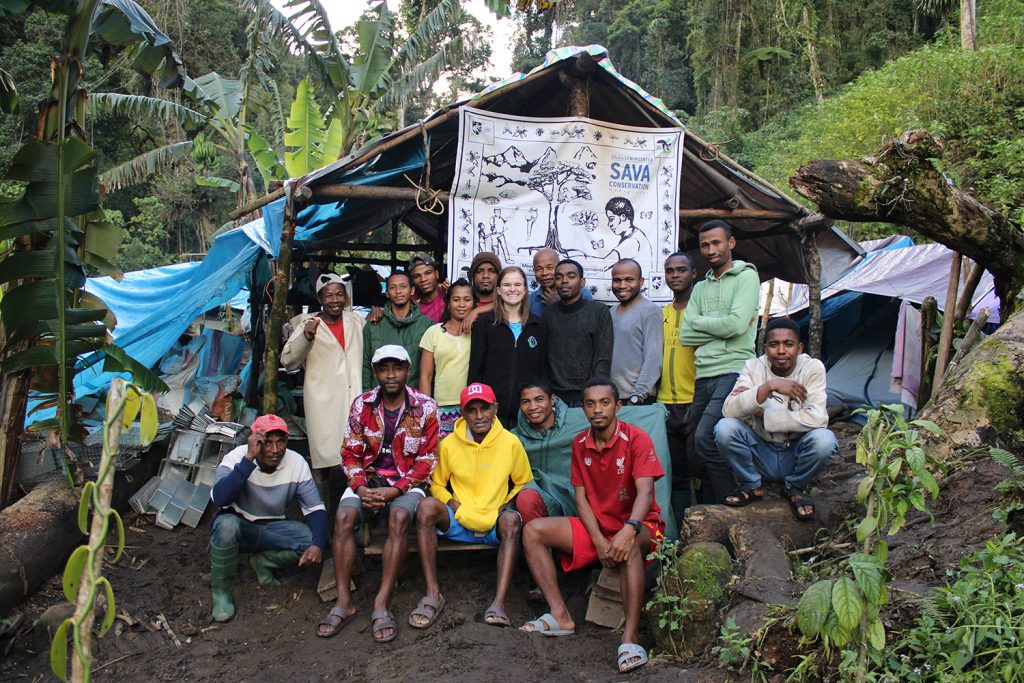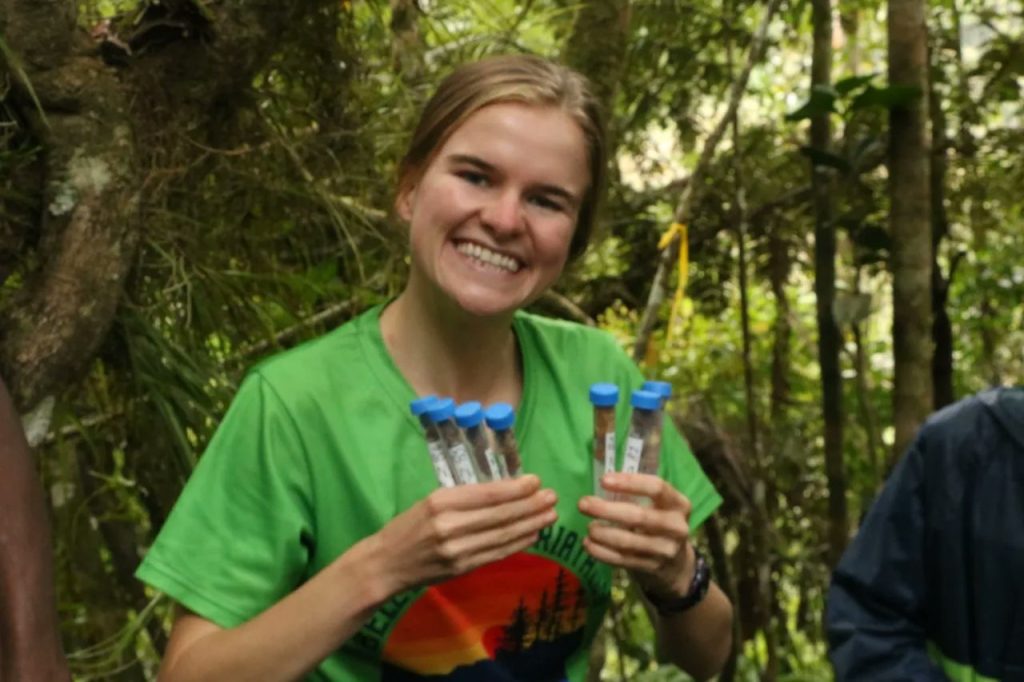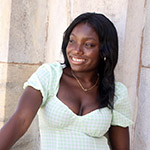In a world shaped by our destructive actions, art emerges as a voice, warning us of the consequences that lie ahead.
We live in a constantly evolving world. Looking at the geologic time scale, we can see the Earth’s changes that have marked new eras all the way from the Archean epoch, 2.5 billion years ago, to today, the Holocene epoch. But how do we know when we are transitioning into a new epoch? And what kinds of changes in our world would lead to this geologic time-scale transition? The exhibition Second Nature: Photography in the Age of the Anthropocene at the Nasher Museum of Art at Duke University offers us answers to these questions with its four thematic sections, “Reconfiguring Nature,” “Toxic Sublime,” “Inhumane Geographies,” and “Envisioning Tomorrow.’

As we begin the exhibition tour, our well-spoken gallery guide, Ruth Caccavale, asks if any of us has ever heard the word “Anthropocene” before. After a short silence, she tells us the literal translation for Anthropocene is “the human epoch,” an appropriate word to describe the geological era we are in right now. Ruth continues to explain that, though not agreed upon when the Anthropocene epoch began (the main arguments being since the Industrial Revolution and since nuclear warfare), people believe the Earth is in a new era, one established by the fact that human impact is the greatest factor in determining the way the world is.
When the Anthropocene epoch was brought to the attention of the geological society, and after more than a decade of debate, they eventually declared that we were not in a new age, keeping us in the Holocene epoch. However, many still accept the term “Anthropocene” and explore what it means to be living in it. Among those exploring the implications of the Anthropocene epoch are the forty-five artists from around the world featured in Second Nature, who, through their photography-based art, expose the complex relationship of beauty and horror in our evolving world and show us how our world is truly controlled by our human impact.
Walking into the exhibit, I first notice the dismal yet meditative music playing quietly overhead. Ruth guides us through the galleries and stops us a considerable distance away from a black-and-white print. “What do you see when you look at this photograph?” she asks. “I see a mountain,” says someone in the crowd. “It looks overwhelming,” I add, noticing the heaviness of the mountain juxtaposed with the brittle buildings in front of it.

Ruth then asks us to come closer to the photograph, and we all quickly notice that the mountain is not a mountain but instead a structure composed of skyscrapers and architecture.

Based on Fan Kuan’s famous painting from the Song Dynasty, Yang Yongliang, an alumnus of the China Academy of Art, created Travelers Among Mountains and Streams as a warning of what our world could look like if our need to urbanize and develop continued without governing. Yongliang is known for his dystopian recreations of traditional Chinese art, leaving his audience feeling both eerie and in awe. For me, the symbolism of having to step closer to the art to see the true meaning spoke to how it’s easier for people in power to overlook the environmental dangers of development, whereas once we stepped closer and could see each building in detail, we were put in the shoes of those living in urban areas who suffer the most from pollution and overcrowding.
We then made our way through the second section, “Toxic Sublime,” a collection of pieces that show how sometimes the most hazardous areas in the world can be the most beautiful. On the wall is a photo of the remains of a Russian church, buildings next to a nuclear testing site, and a crater from nuclear bomb testing made green to show residual radioactivity.

Next to it, is the photo of colorful ponds near a lithium mine in Chile. While the composition and colors scream “toxic,” I can’t help but admire the lure of it as well–an invitation to debate the ethics of turning tragedy into something tasteful.

Upon entering the third section, “Inhumane Geographies” (the theme I personally found most captivating), we are greeted by a somewhat overstimulating gallery of an orange and red island scene, with a singular purple and blue photo plastered in front of them. Sanne De Wilde’s Island of the Colorblind, told the story of a Micronesian community, who in the 18th century were devastated by a typhoon, leaving only 20 people alive. Among those left was the King, who began repopulating the Pingelap community. The King, however, carried the gene for color blindness, causing more than 10% of the Pingelap population today to be colorblind. Island of the Colorblind not only shows me how our environment and climate can truly change who we are, but it also gives voice to the Pingelap’s unique perspective on how color for them means something truly different–thus why Wilde chose to edit the photo in a way where chlorophyll (what makes trees green) creates a pink color in the photo.

As Ruth brings us to the final section, “Envisioning Tomorrow,” I am immediately drawn in by Aïda Muluneh’s collection of four photographs depicting women dressed in lavish blue and red clothing against the arid landscape behind them. As part of Afrofuturism, a form of science fiction art that explores the history and future of Africa and its people, Muluneh’s pieces challenge the stereotypes surrounding women gathering water in Africa. The pieces bring attention to the implications of women’s role in getting water, as it requires an immense amount of time and makes them vulnerable to sexual violence. Ruth also informs us that the artist grew up in Ethiopia and uses her art to emphasize the issue of water scarcity there. As my peers and I look at Muluneh’s colorfully piercing and empowering art, we can’t help but be speechless.

Regardless of whether or not the geological society accepts the Anthropocene as an epoch, we as humans need to open our eyes and understand that our actions have consequences, even if they may not affect us personally. We are changing the world… a lot. But if we can break it apart, we can also build it back up. Leaving the exhibit, I feel heartbroken for the ways we have torn apart our world, unsettled in the ways our destruction can still be beautiful, curious in how my environment has shaped me, and yet hopeful that we as humans can come together, acknowledge the wrong we have done, and begin to undo the damage. For those who may not understand how dire our situation is, studying the work of the 45 artists featured in Second Nature might be a good start.

By Sarah Pusser, Class of 2028



